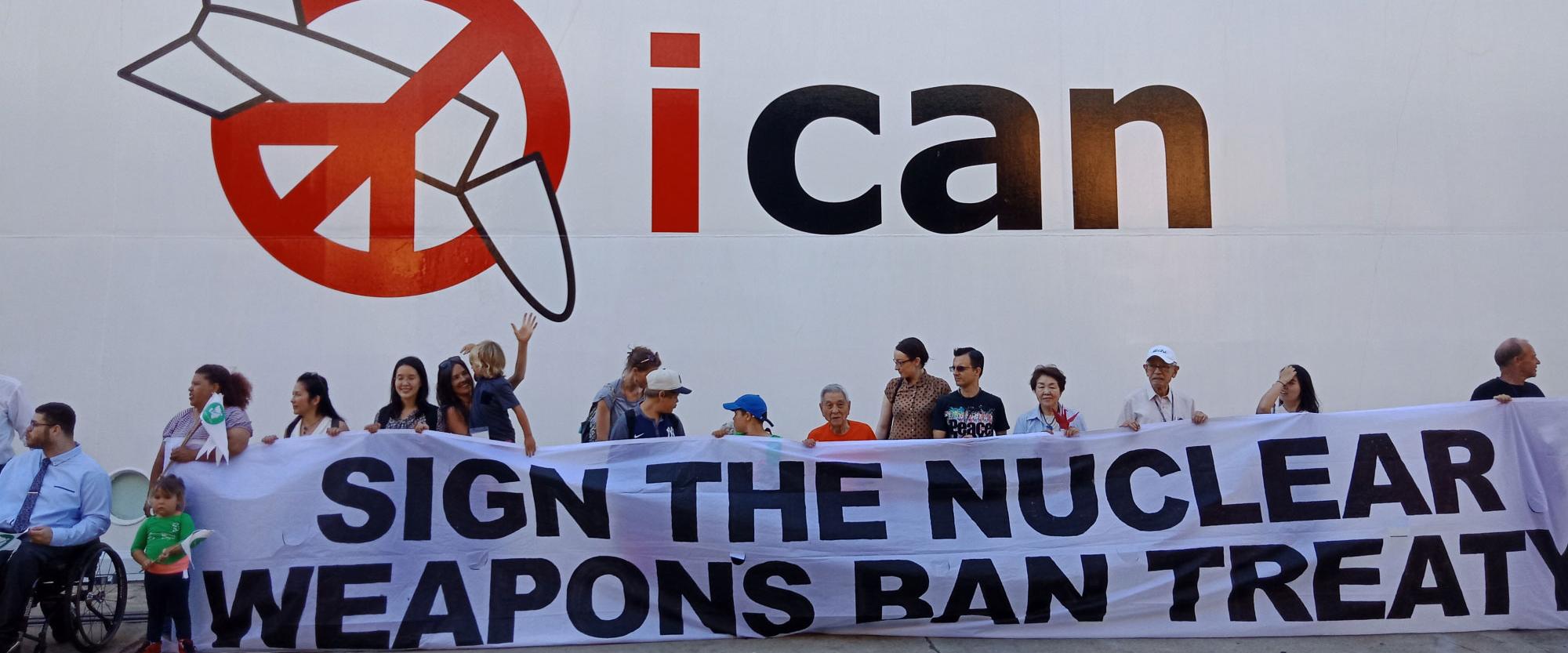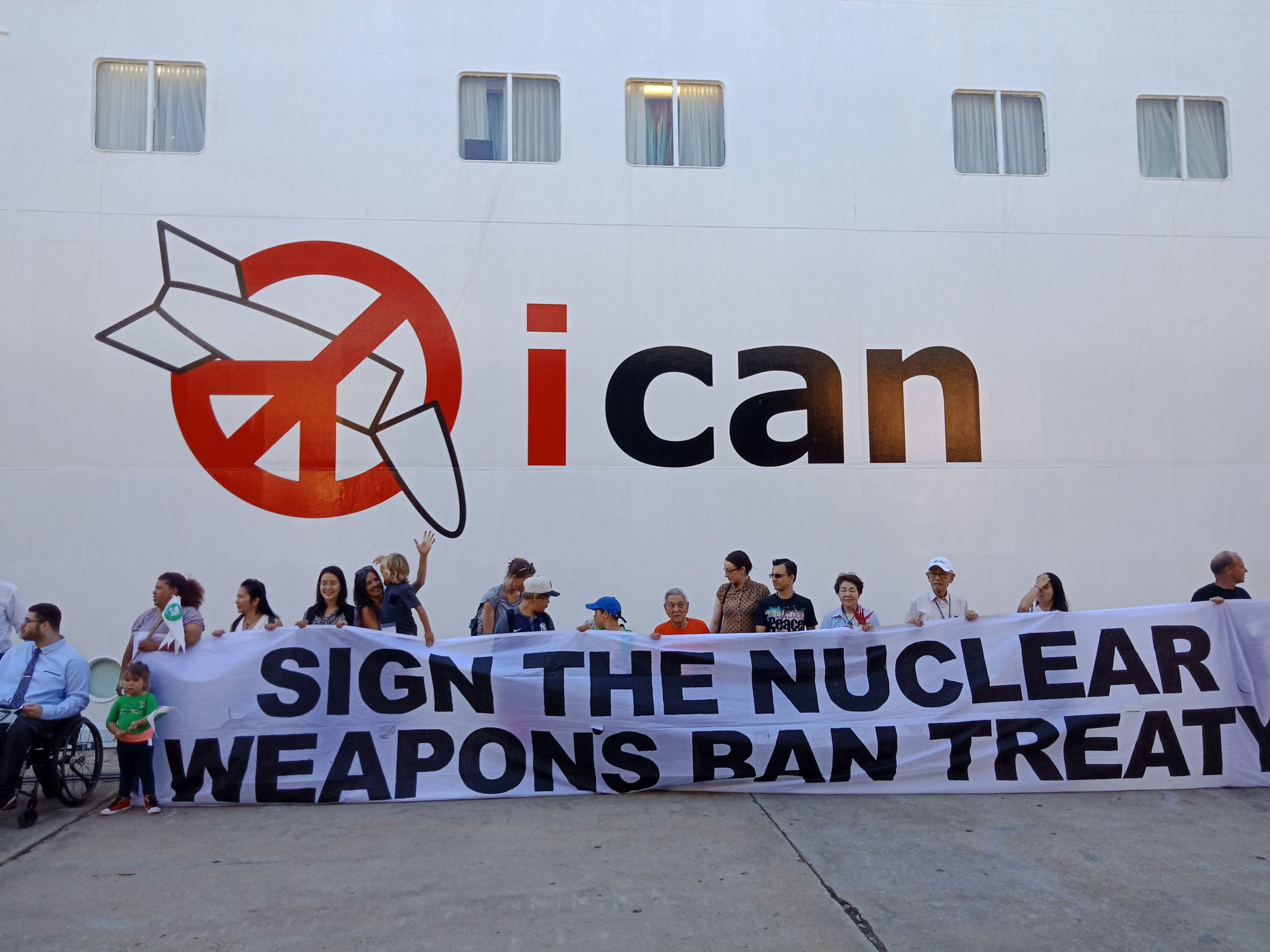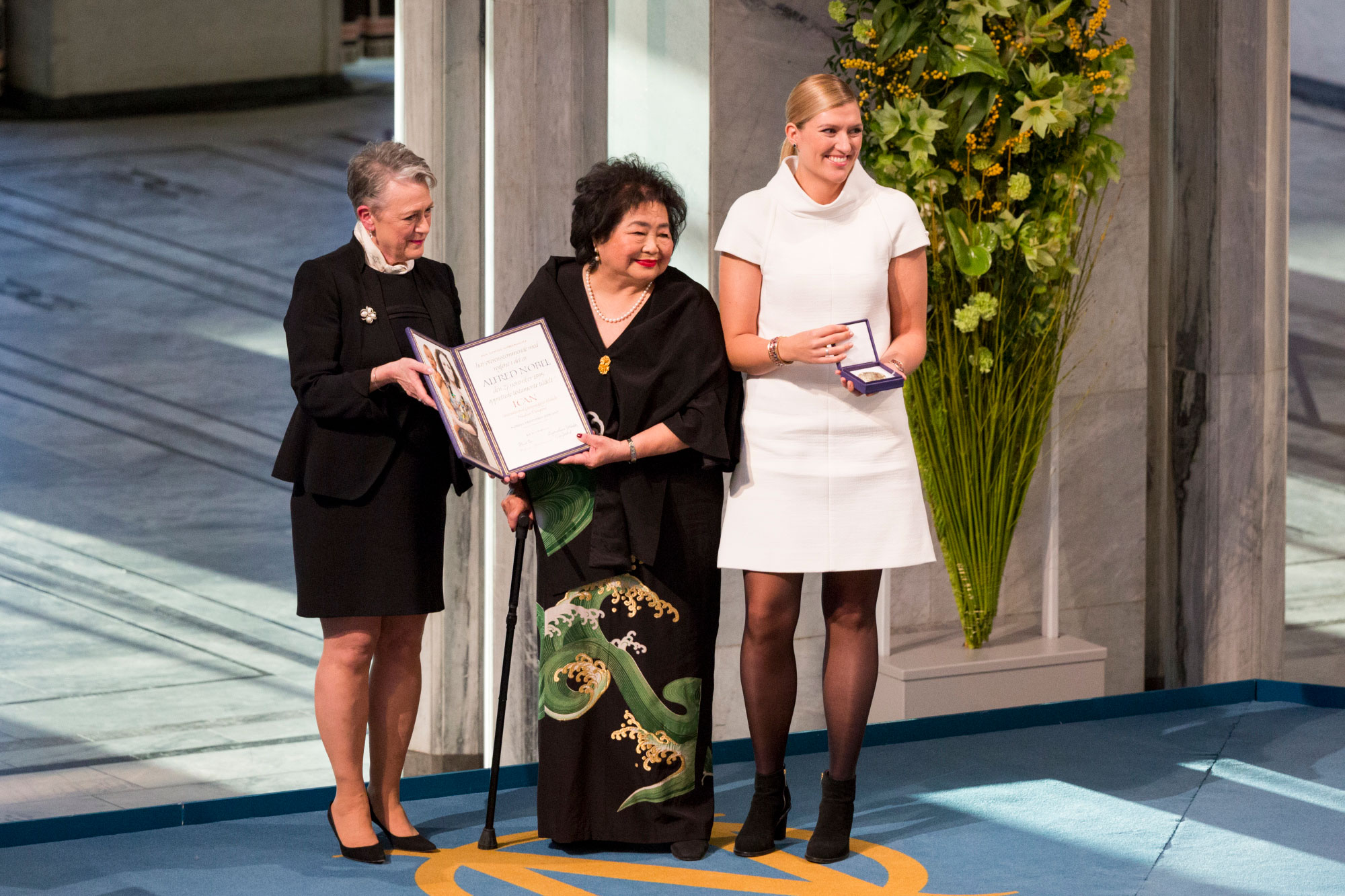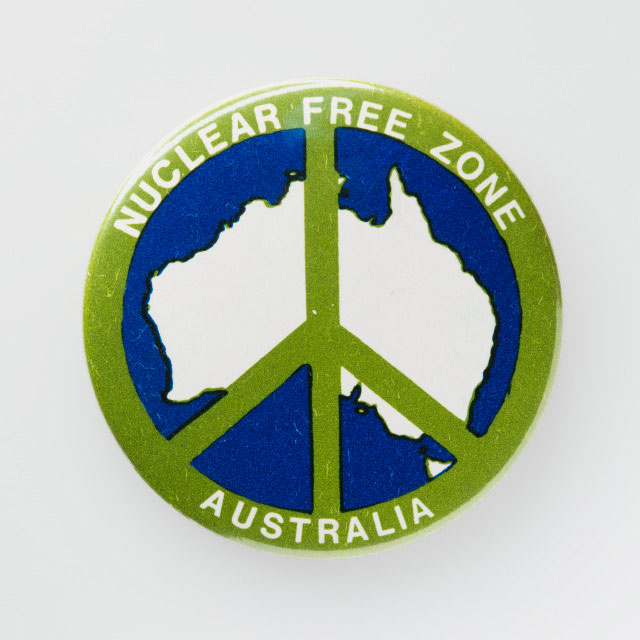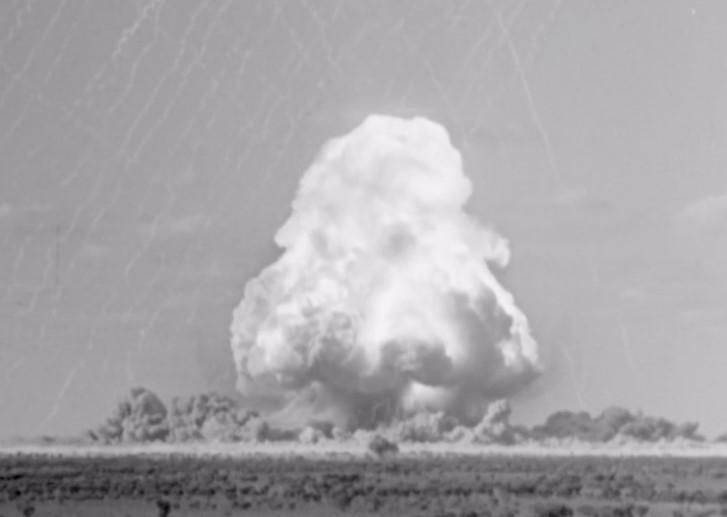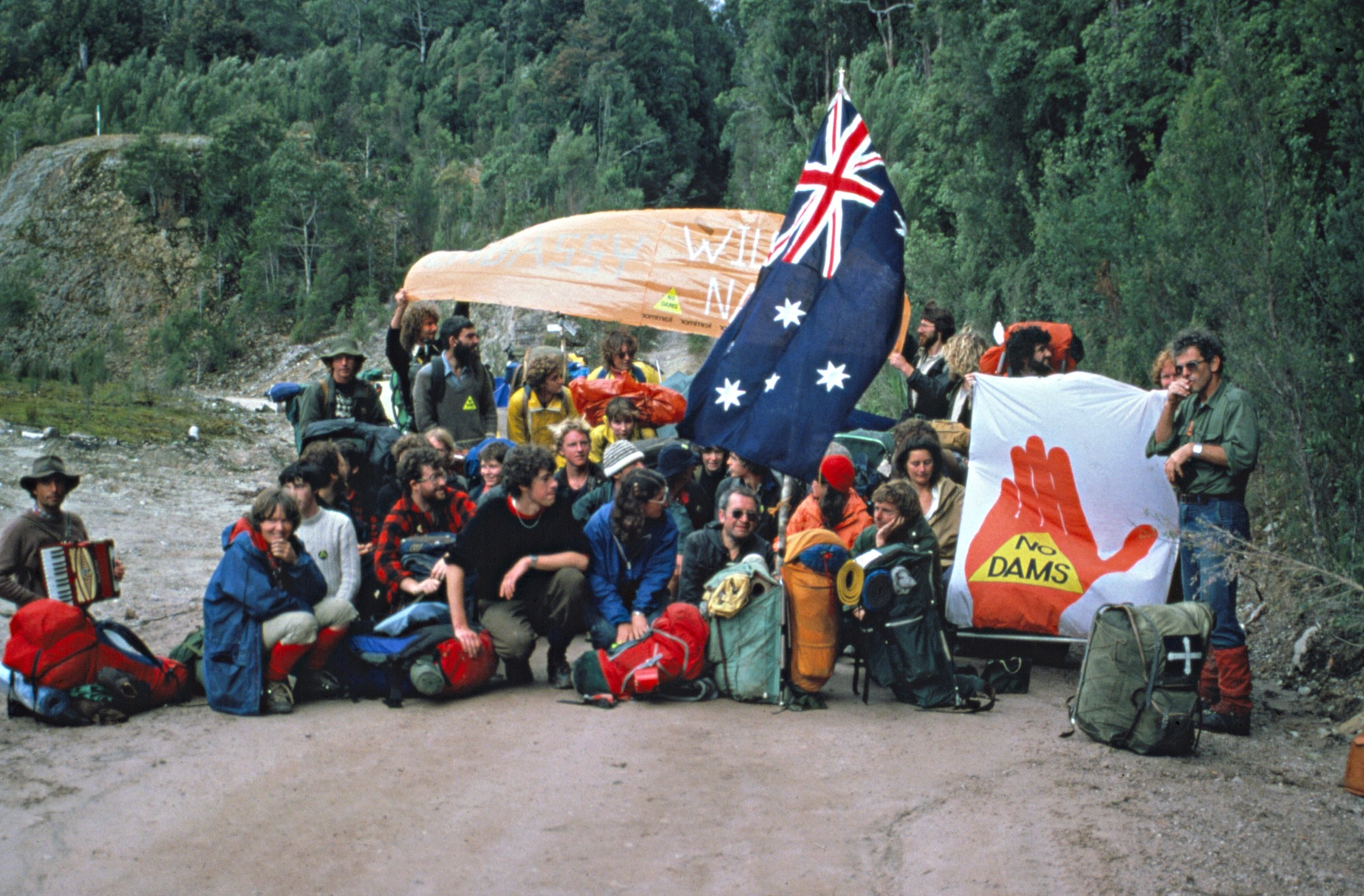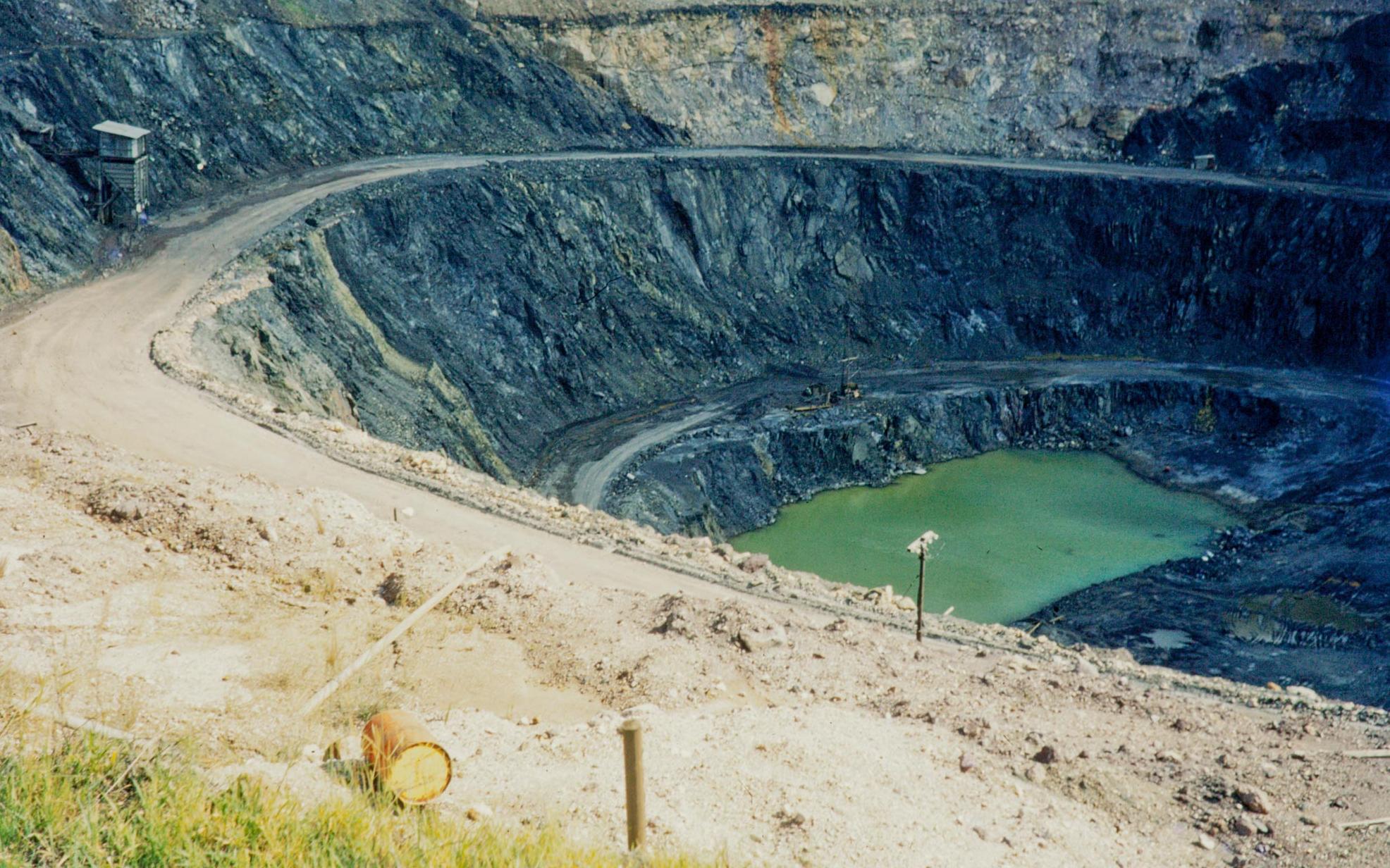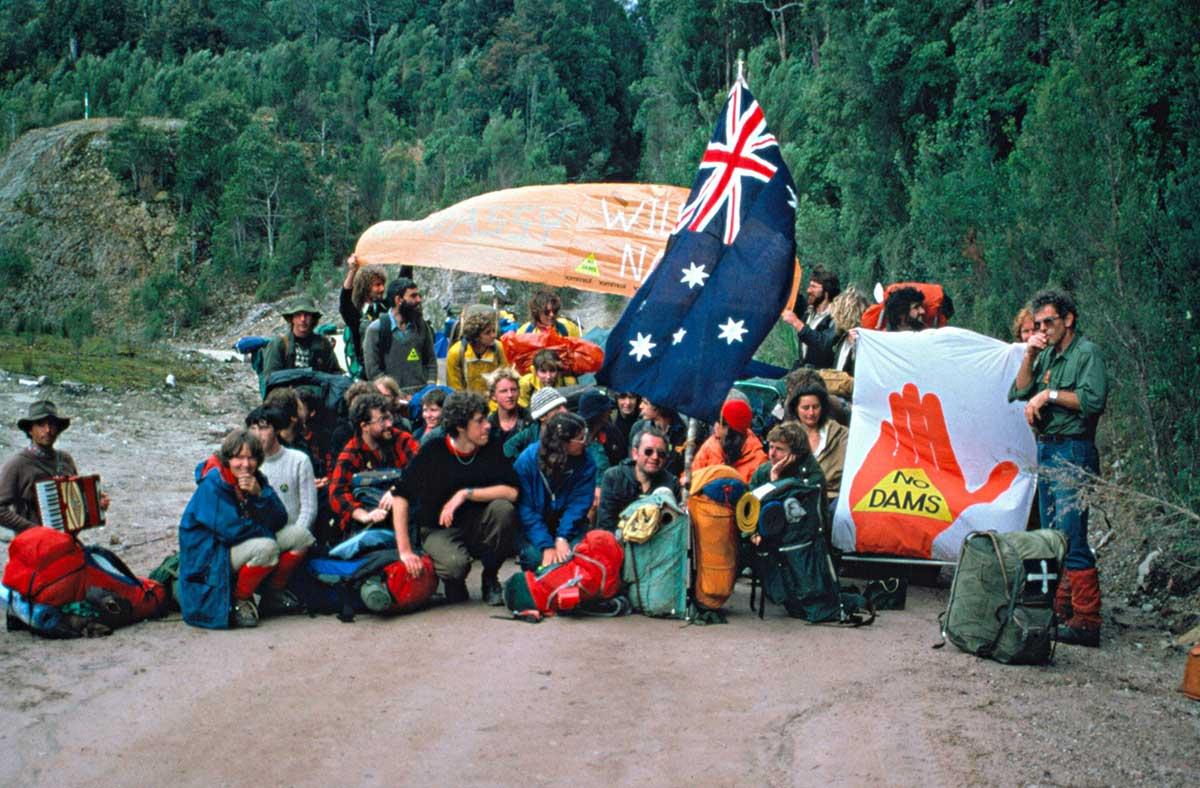‘Working to safeguard the future’
2017: International Campaign to Abolish Nuclear Weapons (ICAN) wins Nobel Peace Prize
‘Working to safeguard the future’
2017: International Campaign to Abolish Nuclear Weapons (ICAN) wins Nobel Peace Prize
In a snapshot
The International Campaign to Abolish Nuclear Weapons (ICAN) was launched in Melbourne in 2007. Its aim was to promote nuclear disarmament. In 2017 ICAN was awarded a Nobel Peace Prize for its efforts to encourage countries to commit to and adopt the United Nations Treaty on the Prohibition of Nuclear Weapons. To date Australia has not signed the treaty.
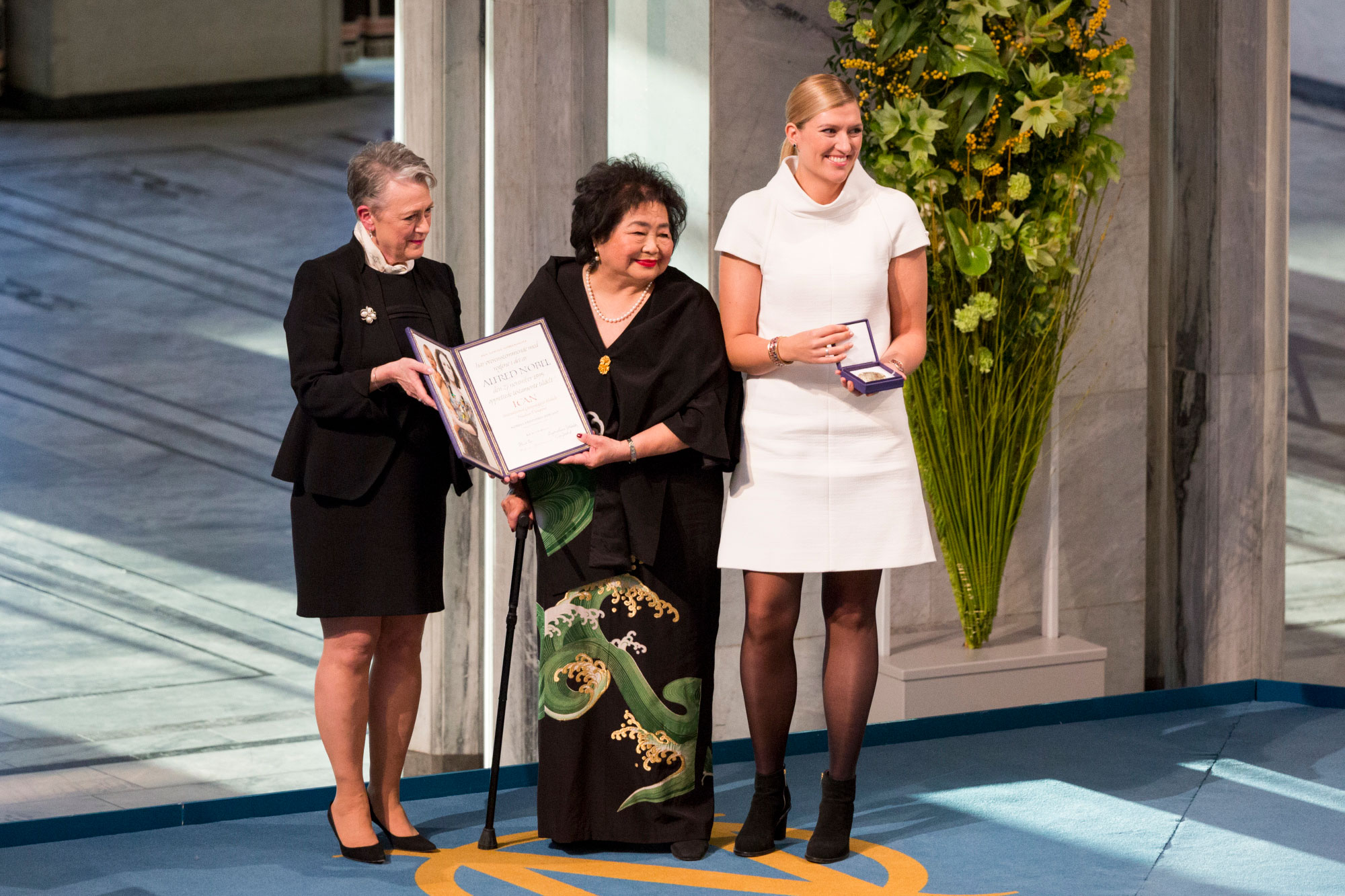
 Can you find out?
Can you find out?
1. When was ICAN set up? What is its main goal?
2. What does the Treaty on the Prohibition of Nuclear Weapons aim to do?
3. How many countries need to ratify the treaty for it to come into force and how many have ratified it so far?
When were nuclear weapons first used?
The United States tested its first atomic bomb in the state of New Mexico in July 1945. Three weeks later, in August 1945, atomic bombs were dropped on the Japanese cities of Hiroshima and Nagasaki to try to end the Second World War. Nuclear weapons have been a threat to the world ever since.
How did the United Nations try to stop the spread of nuclear weapons?
In 1968 the United Nations (UN) invited countries around the world to sign the Treaty on the Non-Proliferation of Nuclear Weapons. The treaty aimed to stop the spread of nuclear weapons, gradually reduce the number of nuclear weapons in the world and promote cooperation on the peaceful use of nuclear energy.
A total of 191 countries have joined the treaty, including the five largest nuclear-armed countries: the United States of America, the Soviet Union, the United Kingdom, France and China. It has been agreed to by more countries than any other disarmament agreement in history.
Research task
How have nuclear weapons been used in Australia? Where, when and by whom? What effects did they have? Explore this Defining Moment in Australian History for some clues:
What is ICAN?
The International Campaign to Abolish Nuclear Weapons (ICAN) was set up in Melbourne in 2007 to promote nuclear disarmament. ICAN’s main goal was a ‘comprehensive, binding treaty to prohibit nuclear weapons and provide for their elimination’. The organisation aimed to be global, to engage young people and to argue that nuclear weapons were not acceptable.
ICAN is now a coalition made up of non-government organisations from more than 100 countries, with an international office in Geneva.
‘We need a determined worldwide movement to outlaw and abolish nukes. To get there in this generation, we need to build the wave of public opinion into a mighty crescendo: a massive, surging, irresistible force which carries us all the way to absolutely zero nukes. Without it, even the most inspirational of leaders will falter on the way.’
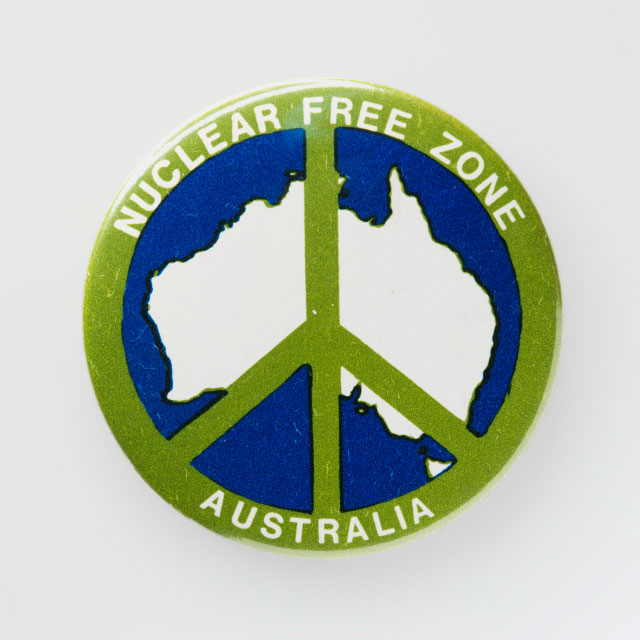
How did the Treaty on the Prohibition of Nuclear Weapons come about?
In 2016 ICAN argued for the UN to negotiate a treaty to ban nuclear weapons. ICAN took part in the negotiations, and the UN opened the Treaty on the Prohibition of Nuclear Weapons for signature in 2017.
Rather than trying to stop the spread of nuclear weapons this treaty aims to ban them completely. It does not allow for other arrangements with nuclear-armed countries, such as gradually phasing out nuclear weapons. As a result all nuclear-armed countries and many of their allies (almost 40 countries) haven’t taken part in the treaty negotiations. For this reason some people have argued that the Treaty on the Prohibition of Nuclear Weapons has divided the international community.
The Treaty on the Prohibition of Nuclear Weapons will come into force only after 50 countries ratify it. The process of ratification involves individual countries passing their own identical measures through their respective parliaments. At the end of 2019 there were 80 signatories, but only 34 countries had ratified the treaty. Australia has not signed the treaty.
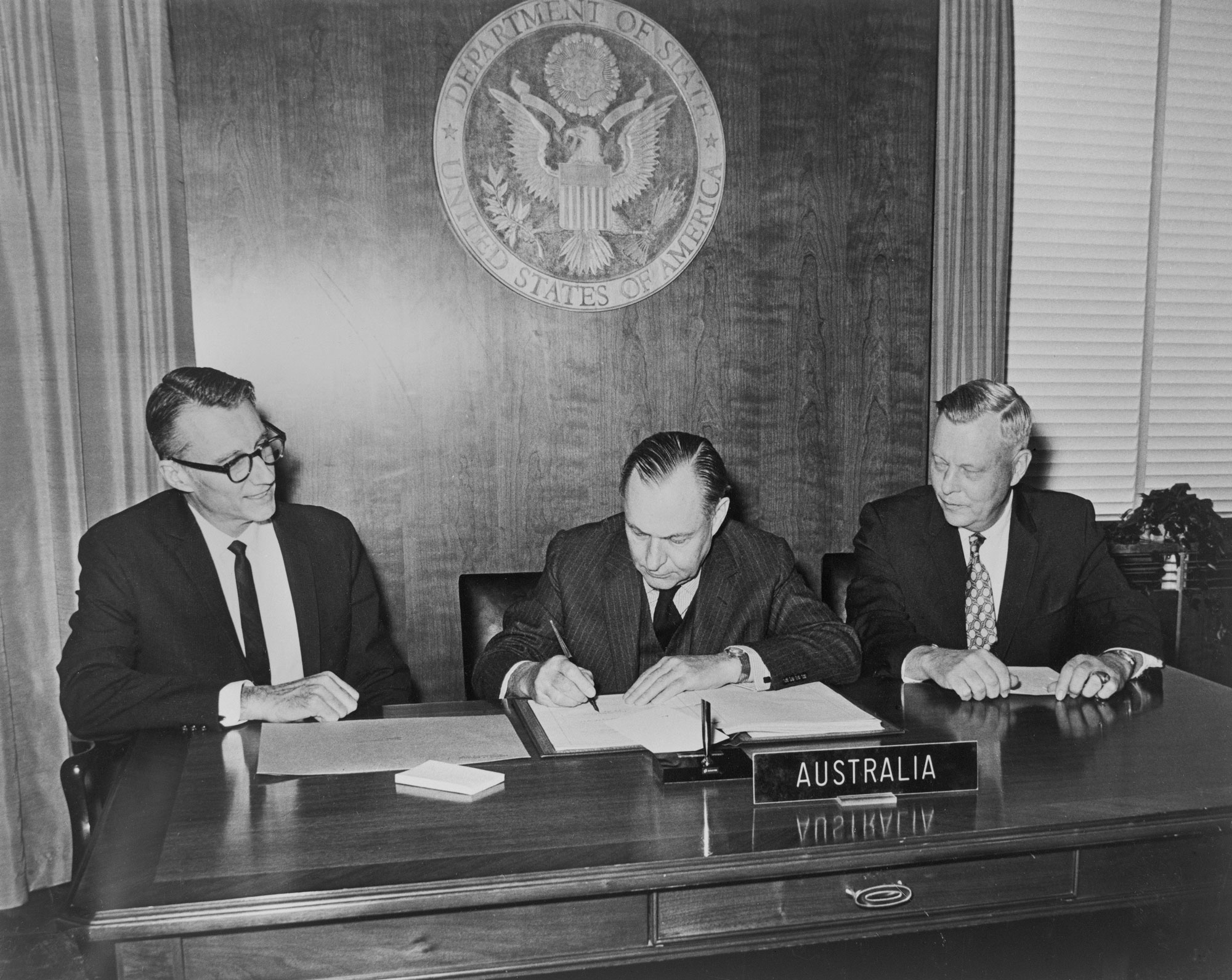
Why was ICAN awarded a Nobel Peace Prize?
On 10 December 2017 ICAN was awarded a Nobel Peace Prize ‘for its work to draw attention to the catastrophic humanitarian consequences of any use of nuclear weapons and for its ground-breaking efforts to achieve a treaty-based prohibition of such weapons’.
At the ceremony Beatrice Fihn, Executive Director of ICAN, said:
Research task
What facility related to nuclear technology is currently housed at Lucas Heights in Sydney? What does this facility do?
‘We are a movement for rationality. For democracy. For freedom from fear. We are campaigners from 468 organisations who are working to safeguard the future, and we are representative of the moral majority: the billions of people who choose life over death, who together will see the end of nuclear weapons.’
What is ICAN doing today?
ICAN is still active. It works with more than 650 partner organisations who strive to one day enforce the Treaty on the Prohibition of Nuclear Weapons. ICAN’s Australian office argues that Australia should sign and ratify the treaty. It is independent and is funded by donations from its supporters.
Read a longer version of this Defining Moment on the National Museum of Australia’s website.
 What did you learn?
What did you learn?
1. When was ICAN set up? What is its main goal?
2. What does the Treaty on the Prohibition of Nuclear Weapons aim to do?
3. How many countries need to ratify the treaty for it to come into force and how many have ratified it so far?






